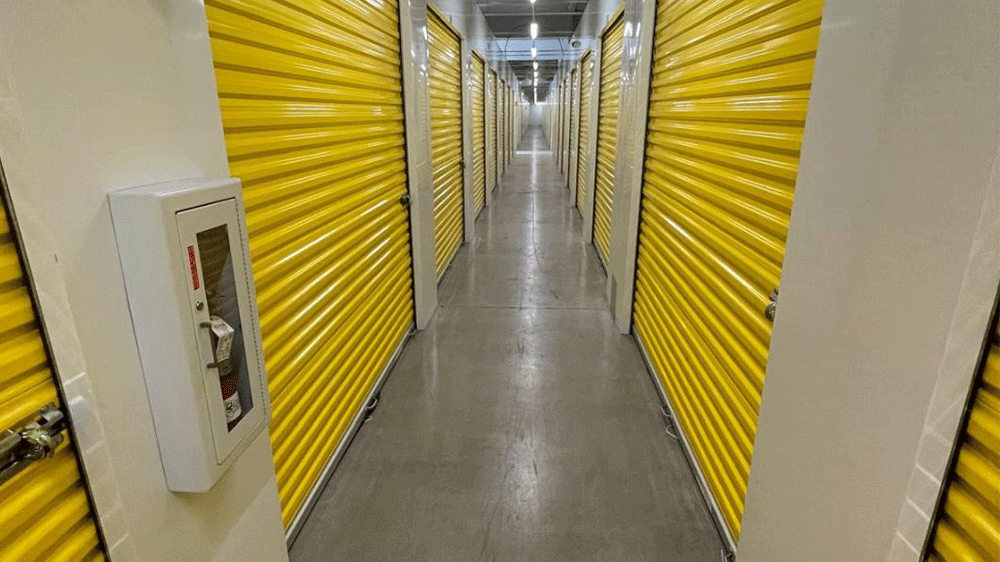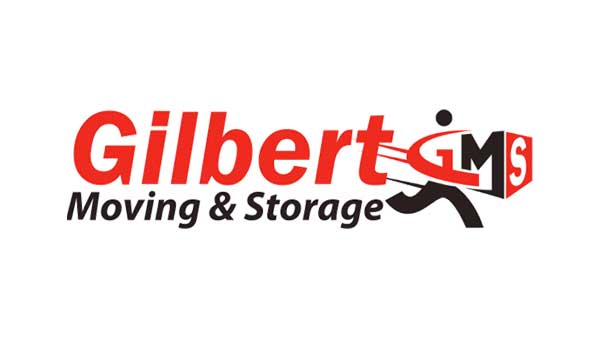
Is Climate-Controlled Storage a Must in Arizona?
(Spoiler: Yes. Here’s the Brutal Truth.)
It’s the question everyone asks when looking for storage units in Arizona: “Do I really need to pay extra for climate control?”
It’s a fair question. You want to save money. We get it. But let’s be blunt. Asking that in Arizona is like asking if you need a coat in Alaska. The answer is a resounding YES. And it’s not just about comfort; it’s about protecting your belongings from certain doom.
Section 1: What “Climate-Controlled” Actually Means (It’s Not Just A/C)
Let’s get one thing straight right off the bat: the term “climate-controlled” is not just a fancy marketing phrase for a storage unit with a basic air conditioner. Thinking they’re the same is one of the most common and costly mistakes I see people make. It’s an assumption that can lead to some truly heartbreaking results. The system is far more sophisticated, and in a place like Arizona, that sophistication is everything.
The Real Deal
Think of a quality climate-controlled unit less like a chilly room and more like a professional wine cellar. A wine cellar isn’t just kept cold; it’s kept at a precise, stable temperature and humidity level to protect its valuable contents. That’s exactly what we’re talking about here. It’s a two-pronged defence system for your belongings. First, it maintains a consistent temperature range, preventing the wild swings from scorching hot days to cooler nights that cause materials like wood and plastic to expand, contract, and eventually warp or crack.
But here’s the part that’s even more critical during our monsoon season: humidity control. A standard A/C unit does very little to manage moisture in the air. A true climate-controlled system actively removes that humidity, fighting off the threat of mould, mildew, rust, and corrosion. It’s this combination that provides total protection.
The Alternative
So what happens in a standard, non-cooled unit? In July, it’s a brick oven. No exaggeration. Imagine a sealed metal box sitting on black asphalt under the relentless Arizona sun. The air inside becomes hot, stagnant, and suffocating. Then, when a monsoon storm rolls through, that moisture gets trapped inside, creating a swampy, hot-house effect. It is the absolute perfect environment for ruining things. It’s an incubator for all the damage you’re trying to avoid, turning your storage space into a high-risk gamble.
Section 2: The Hit List: Common Casualties of a Arizona Storage Unit
So, what’s actually at risk when you skip climate control? Honestly, it’s more than you’d think. This isn’t just about things getting a little dusty. My team has seen the heartbreaking aftermath when people open their unit after a long, hot summer. It’s a gut punch. Here are the top victims we see time and time again.
Wooden Furniture (Your Tables, Chairs, and Dressers)
Wood breathes. It expands in the heat and contracts when it cools. When you add the moisture from our monsoon season, it swells. This constant cycle of expanding and contracting is a recipe for disaster. Joints loosen, veneers peel, and solid wood can warp and crack right down the middle. That beautiful antique dining room table you inherited? It can be permanently disfigured, and its value can be destroyed in a single season.
Electronics (TVs, Computers, Stereos)
Your gadgets are not designed to be slow-roasted. The delicate internal components—motherboards, processors, hard drives—can’t handle prolonged, extreme heat. It can fry circuits, melt solder points, and cause batteries to leak corrosive acid. Pulling your expensive TV or computer out of one of the standard storage units in Arizona, after a summer stint ,is a high-stakes gamble. It’s a fast track to a dead gadget and an unexpected, hefty replacement cost.
Photos, Books, and Important Documents
This one is just plain tragic because these items are often irreplaceable. The triple threat of intense heat, suffocating humidity, and the passage of time is brutal. It will cause the glossy surfaces of photographs to fuse into a single, inseparable brick of lost memories. Book pages will yellow and become as brittle as a cracker, and the ink on important documents can fade into a ghostly, unreadable blur.
Anything Meltable (Vinyl Records, Candles, Tapes)
This one’s a no-brainer, but the damage is still shocking. That prized record collection you spent years building? It will turn into a box of unplayable, warped black plastic. It’s a tragedy for any collector. Those decorative candles will become a colourful, waxy puddle at the bottom of a box. Old cassette tapes or VHS tapes? The delicate magnetic tape inside will warp and become completely useless.
Upholstery, Mattresses, and Clothing
Without controlled humidity, these soft, porous items become a perfect breeding ground for mould and mildew. It starts as a small, unseen spore and quickly grows into a full-blown infestation. You’ll know it the second you open the unit door—that musty, unmistakable smell is a nightmare you don’t want. It’s not just a bad smell; it’s incredibly difficult to remove and can render your expensive mattress or couch completely unsalvageable.
Section 3: The Real Cost of “Saving” Money
It’s so tempting. I get it. You’re looking at the rates online or on a brochure, and the cheaper, non-cooled option is sitting right there, calling your name. It feels like you’re getting a deal, like you’re making the smart, frugal choice. At that moment, saving twenty or thirty dollars a month feels like a clear win.
But here’s the kicker, the question you have to ask yourself before you sign that rental agreement: What is the real cost? Let’s do some quick, painful math. What’s the replacement cost of your ruined dining room set? What’s the price tag on a new laptop or television? And more importantly, what’s the value of your irreplaceable family photos, the ones you can never, ever get back?
Suddenly, that small monthly difference for a climate-controlled unit doesn’t feel like an expense anymore. It feels like what it actually is: an insurance policy. It’s a modest, predictable payment that protects you from a massive, unpredictable, and potentially devastating financial hit. It’s the single best way to guarantee the secure storage of your valuables.
Choosing climate control is choosing certainty over risk. It’s the decision that ensures when you come back to your unit—whether it’s in six months or six years—your belongings are in the exact same condition as the day you left them. It’s the foundation of a truly stress-free moving experience and the only way to have genuine peace of mind in the Arizona heat.
The Bottom Line: Is Climate Control Worth It?
So, let’s circle back to the original question: is climate-controlled storage really necessary in Arizona? If you value the things you own—not just their price tag, but the memories and meaning attached to them—then the answer is always, unequivocally, yes. A thousand times, yes.
Look, we know how it can feel. It can seem like an upsell, another way to get you to spend more money. But honestly? It’s not. It’s the default, smart choice for anyone storing their life in the desert. It’s the fundamental difference between proactive protection and a high-stakes gamble. It’s the choice that leads to confidence instead of a nagging sense of worry in the back of your mind.
Don’t leave your belongings to chance. Don’t let them become another casualty of the Arizona heat. The experts at Gilbert Moving & Storage provide top-tier, climate-controlled storage solutions for residents all over the valley, including our neighbours in Arizona. Visit us online at GilbertMovingAndStorage.com to get a free, transparent quote and discover just how affordable true peace of mind can be.


